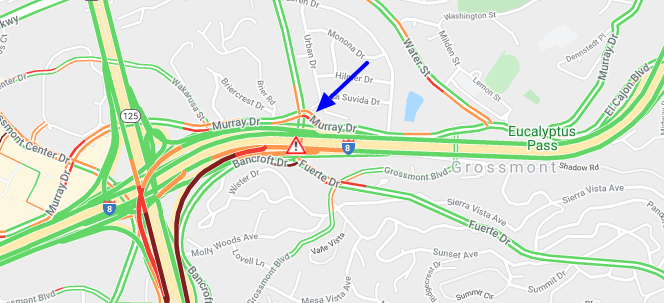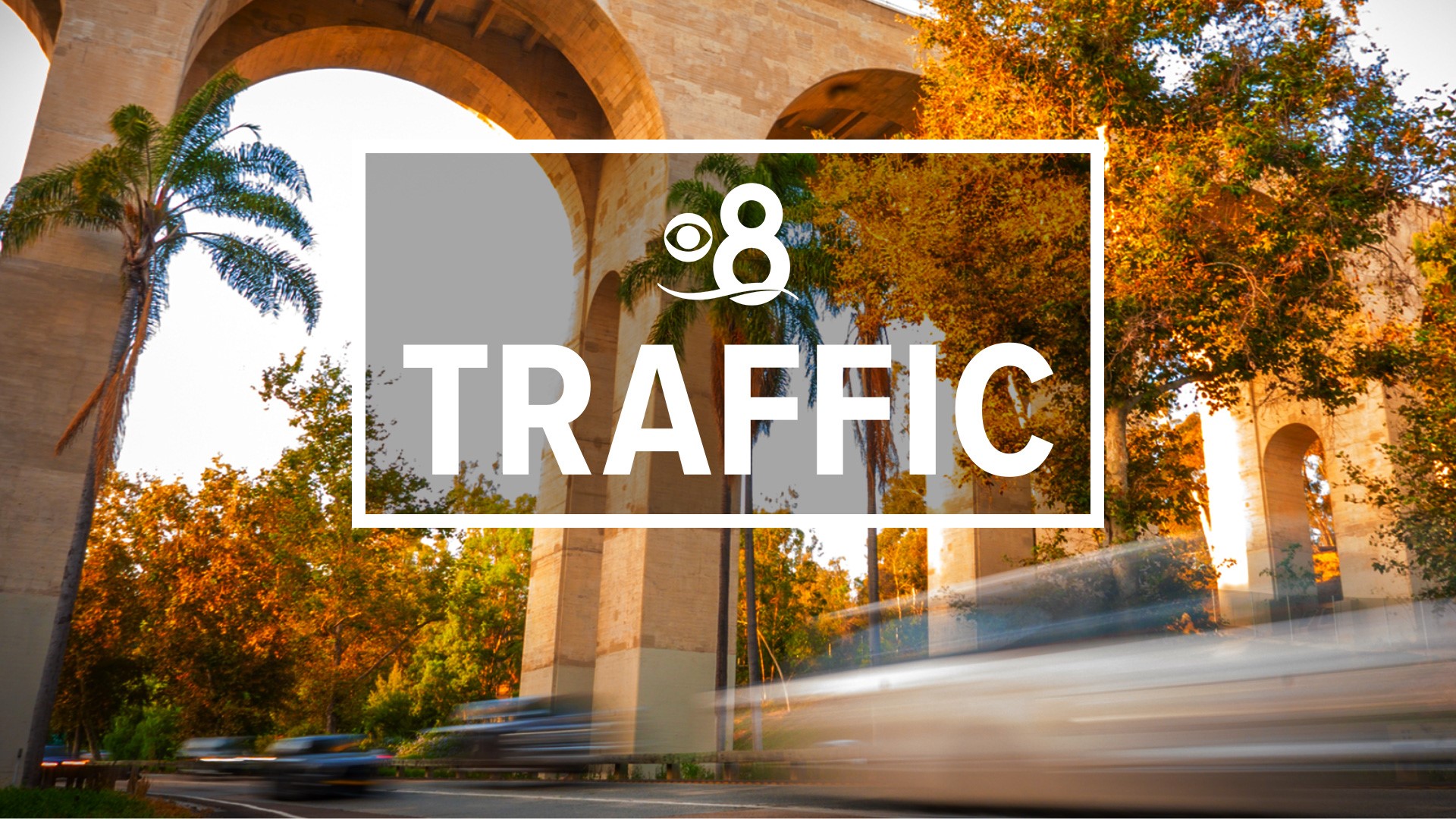
I-405 was alwaysĬonsidered an "alternative" rather than a classic "bypass" by the Division Latter owned by the Irvine Company, a family business).

Southeast of Route 55, was there considerable open/undeveloped land (the Only in Fountain Valley within O.C., and what is now Irvine Residential area, more developed property had to be obtained for theįreeway. The same applied to North Long Beach, but as an older To be razed to accommodate the freeway a ROW had been reserved for the were occupied by housing - although since that alignment hadīeen adopted by '56, only a few early tracts in Lawndale and Torrance had Otherwise, by 1955 the sections from Gardena north to I- 110) freeways, which was in the '50's largely occupied as "tank farms"īy several oil companies (Getty Oil owned a large portion of what is now Segment between the Long Beach (current I- 710) and Harbor (again, now County that were not already seeing large-scaleĭevelopment were the section over the Santa Monica mountains and the

Scott Parker (SParker) on AAroads noted: " the only sections of The I-405/I- 605 interchange was designed by Carol Schumaker. (Source: Los Angeles Times, via Joel Windmiller,

Intended to provide traffic relief for a congested area. The Sepulveda extension was in an entirely new location In 1952, the CHC disclosed plans to extend the "Sepulvedaįreeway" (Route 7) from Inglewood to a junction with US 101 (I- 5) in Route 7 between Route 107 and the US 99/US 6 junction. The portion from I- 5 in Orange County to Route 710 was defined in 1951 the portion from Route 710 to Route 90 wasĭefined in 1947 and the portion from Route 90 to I- 5 in San Fernando wasīefore the freeway was constructed, LRN 158 also applied to pre-1963


 0 kommentar(er)
0 kommentar(er)
